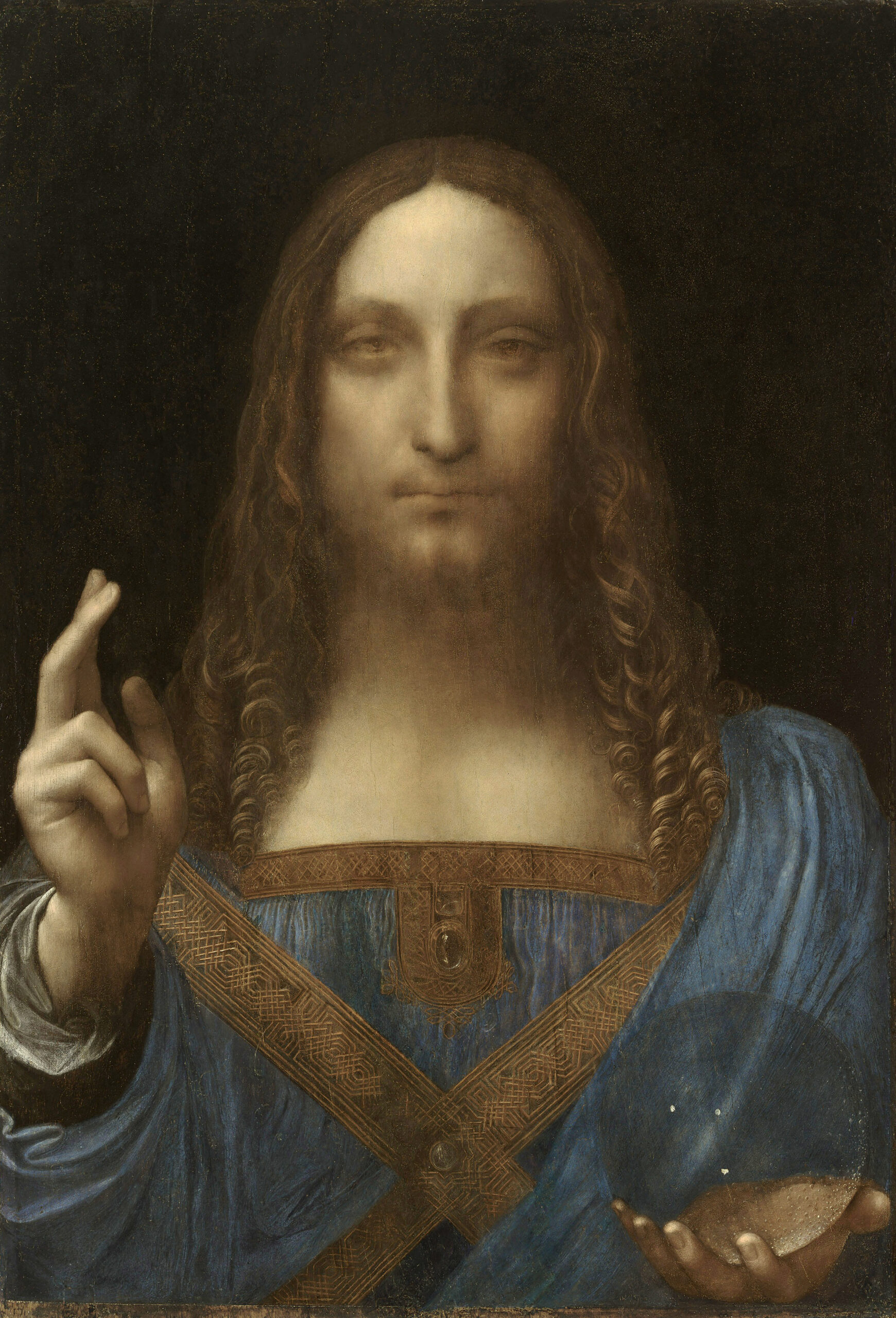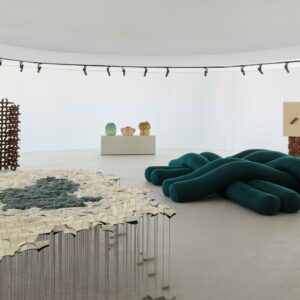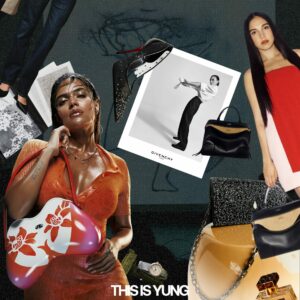Let’s be honest, dear. The art world can be a bit… extra. You walk into a gallery, and a single painting could cost more than your annual salary. You see a sculpture, and it’s priced like a small island. It’s enough to make you question if you’re looking at art or becoming part of a money-laundering scheme. Case in point: The image at the top of the page is Salvator Mundi by Leonardo da Vinci, the most expensive work of art ever sold at auction. It went for $450 million. Eyewatering.
But as a curator, I’m here to tell you, when it comes to value, or price if we’re buying, it’s not all about the numbers. While the price tag can be shocking, it’s not just about the artist’s name or the gallery’s prestige. It’s about a complex ecosystem of factors, some tangible, some intangible, that intertwine to create the value we see.
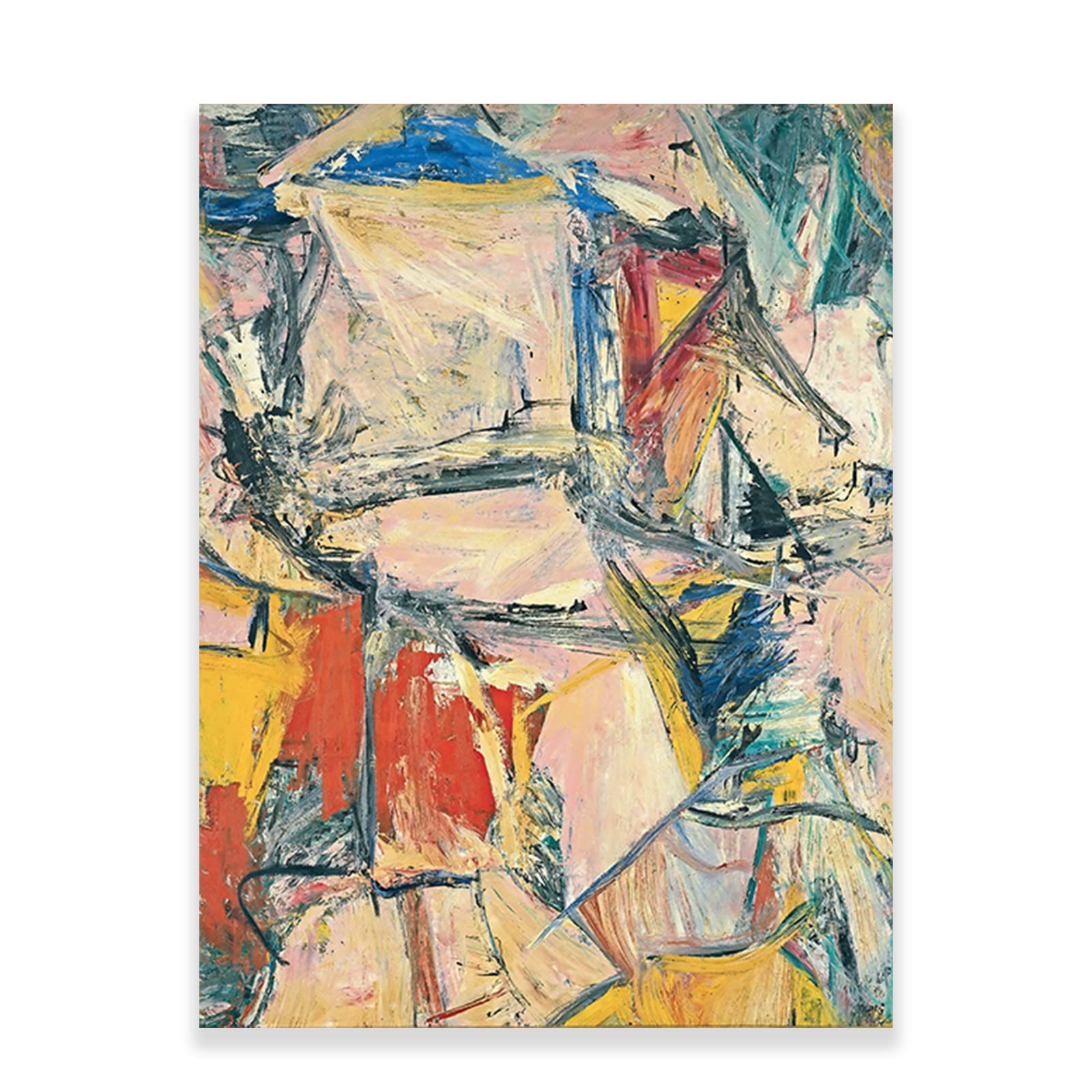
The Art of the Deal
First, let’s address the elephant in the room: scarcity. Like a rare vintage handbag, a limited-edition artwork becomes more desirable the less of it there is. This applies to both original works and prints. A single, unique piece by a renowned artist, especially if it’s their early work, is a hot commodity. And, just like a limited-edition handbag, the demand drives the price up.
Imagine a young artist, just starting out, creating a series of abstract paintings. They sell a few, but most remain in their studio. Then, years later, they become a celebrated figure in the art world. Suddenly, those early works, once overlooked, become incredibly valuable. They represent a glimpse into the artist’s journey, a time capsule of their early style and vision. This scarcity, this historical significance, is what drives their price sky-high.
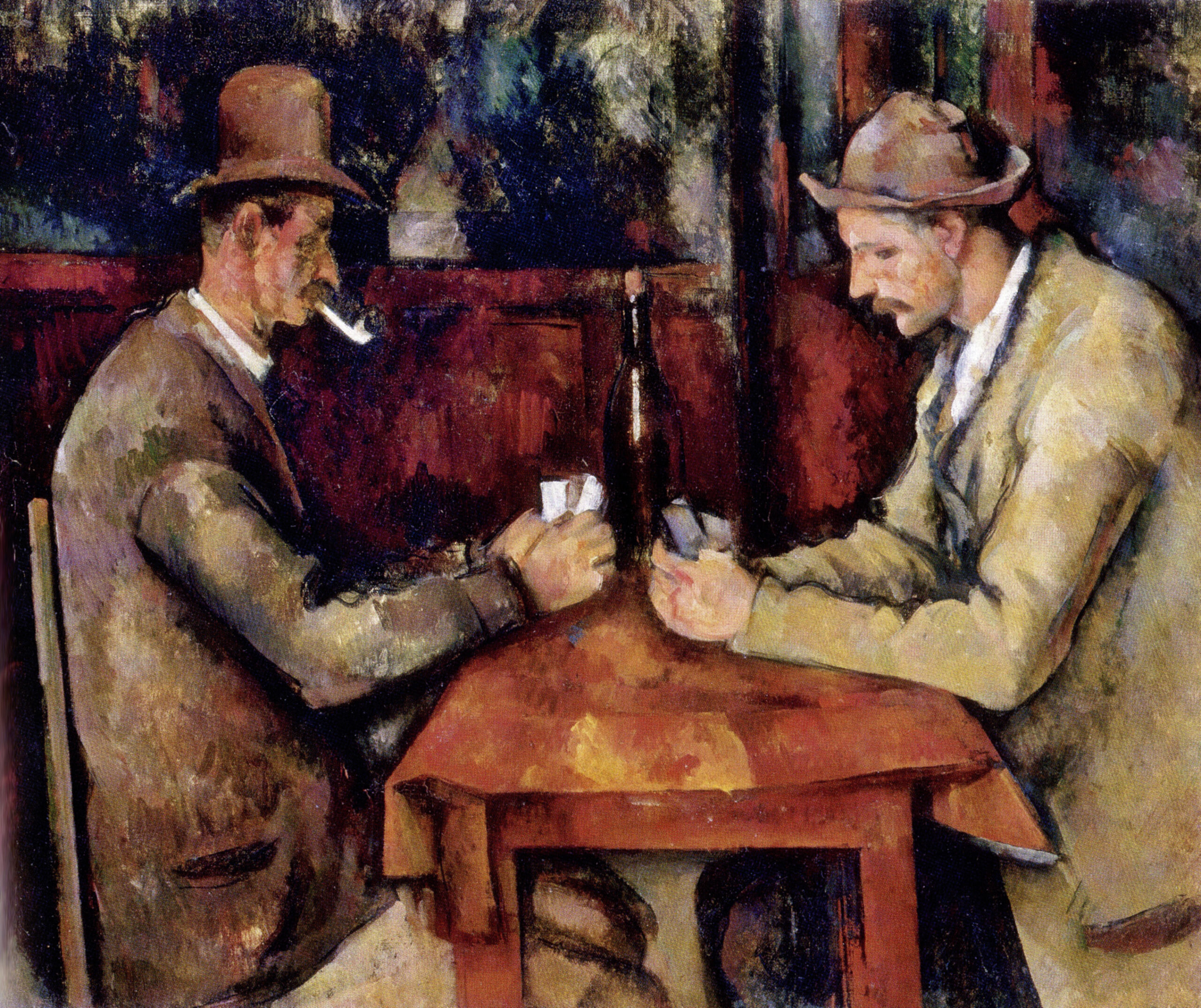
Beyond the Canvas
But it’s not just about the artwork itself. The artist’s reputation plays a crucial role. A rising star with a strong following and a proven track record will command higher prices. Think of it like a designer label – a name synonymous with quality, innovation, and desirability. The artist’s reputation, built through exhibitions, awards, and critical acclaim, becomes a guarantee of value.
And then there’s the gallery – their reputation, their network, their marketing strategy – all contribute to the final price tag. A prestigious gallery, known for representing top artists and curating exceptional exhibitions, can significantly impact the value of a piece. They act as gatekeepers, curating the art world and shaping its trends. Their stamp of approval can elevate an artwork from a mere object to a coveted investment.
The Auction House Effect
Of course, we can’t forget the grand stage of the auction house. These institutions, such as Christie’s (Instagram) or Sotheby’s (Instagram), with their history, their global reach, and their curated events, are where some of the most significant artworks change hands. The competitive bidding, the anticipation, and the sheer spectacle of an auction can drive prices to dizzying heights. A work that might sell for a certain amount in a gallery can fetch a significantly higher price at auction, fuelled by the excitement and the desire to own a piece of art history.
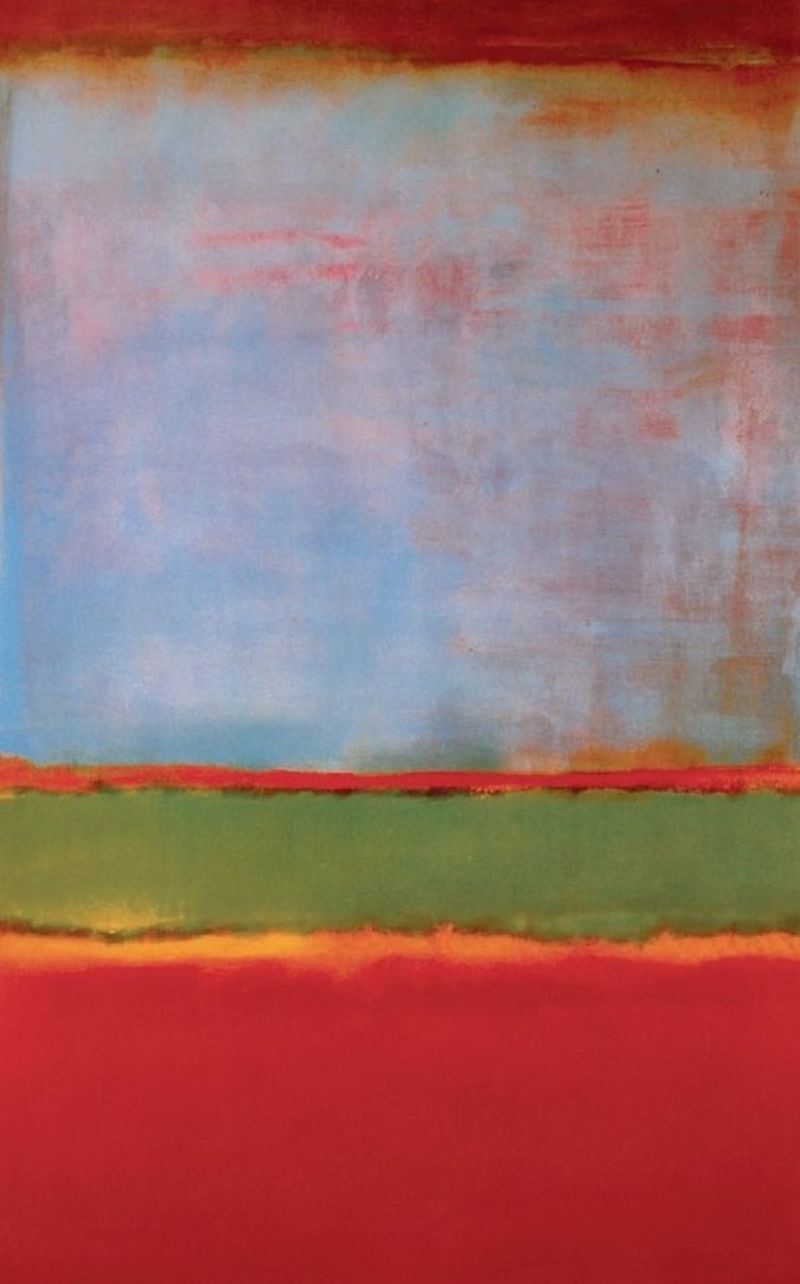
The Intangibles
Now, here’s where things get interesting. Art is also about emotion, experience, and meaning. A piece that resonates deeply with you, that evokes a powerful feeling, or that tells a story, is worth more than just the materials it’s made from. This emotional connection is what drives collectors to invest in art, and it’s what makes it so valuable.
Think of a painting that captures the essence of a specific moment in time, a sculpture that evokes a sense of wonder, or a photograph that transports you to another world. These works transcend their physical form, becoming portals to emotions, memories, and ideas. This intangible value, this ability to connect with us on a deeper level, is what makes art so captivating and, ultimately, so expensive.
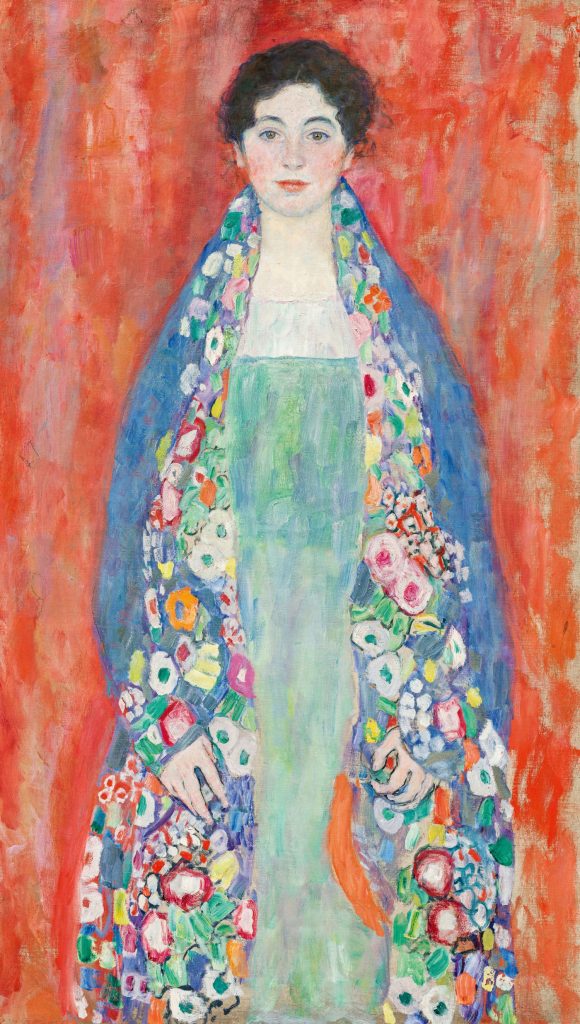
The Value of Art
Yes, art can be expensive. But it’s not just about the price tag. It’s about the cultural impact, the historical significance, the emotional connection. It’s about supporting artists, fostering creativity, and enriching our lives.
So, the next time you walk into a gallery and see a price tag that makes your jaw drop, remember: it’s not just about the money. It’s about the story behind the art, the passion of the artist, and the power of human creativity. And that, darling, is priceless.
For more stories of art and culture, visit our dedicated archives.
